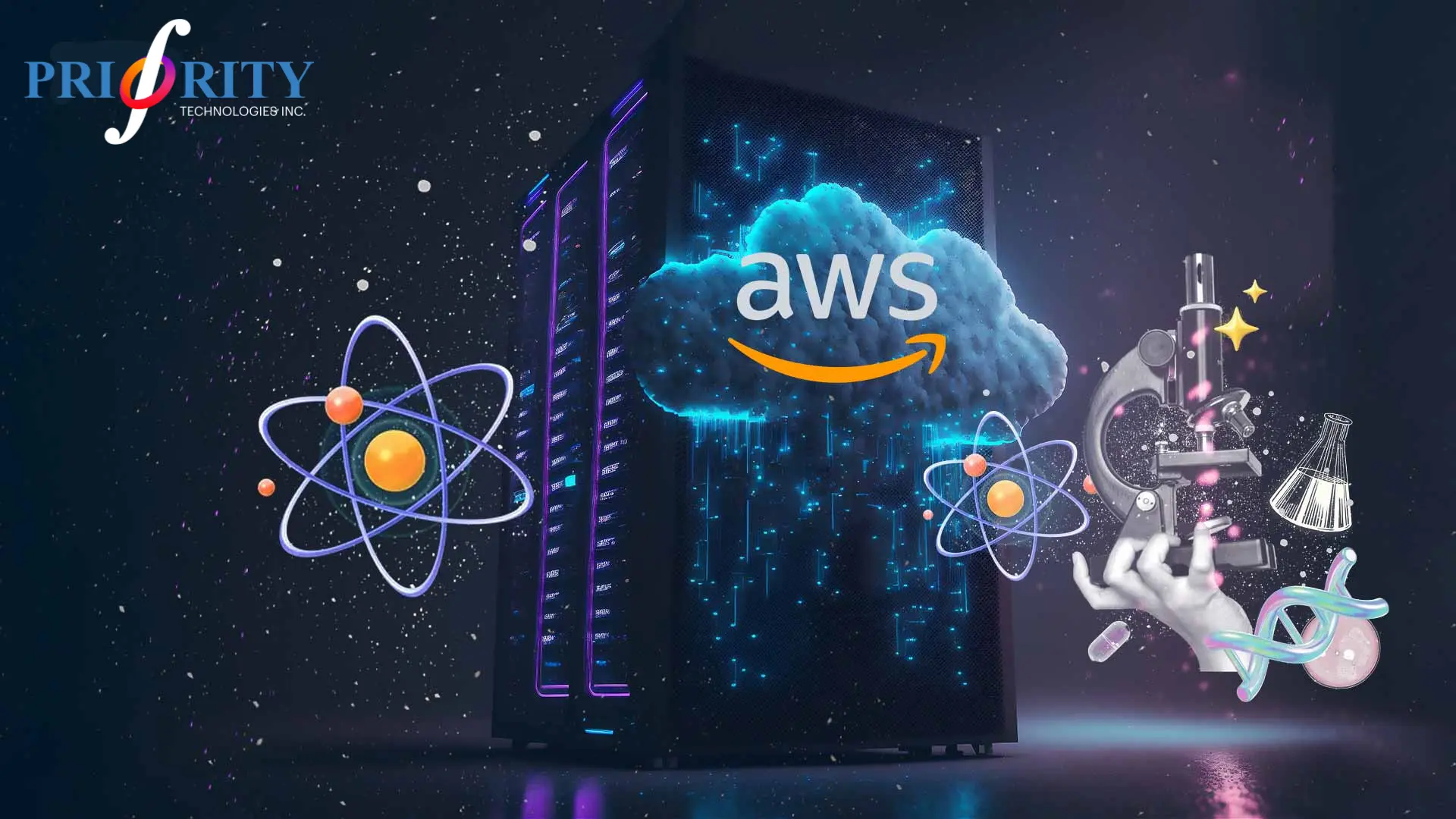Introduction on Generative AI for Retailers:
Do you know that The Diamond Sutra, a Buddhist book from Dunhuang, China, is the oldest known printed book from 868 AD? It was printed during the Tang Dynasty. The reason I started my article with a printed book is directly connected with today’s topic: Generative AI for Retailers. It is human psychology that anything new introduced to the world stems from innovation. That is partly true, but not entirely. Yes, anything introduced to the world comes from innovation, but before that, it comes from a series of events in history.
Today, in our blog, we are going to learn how Generative AI, Artificial Intelligence, Machine Learning, and Deep Learning can help small, medium, and large retail enterprises. Before we delve into finding answers to our questions, we need to travel back in history and find the actual question about technology. What is the actual question, you may ask? Then I would say the biggest and global question in front of small and large business owners about AI is whether AI will lead to unemployment. Will AI tend to shut down businesses? Will AI disrupt the economy and GDP as the pandemic did? And corporate layoff news plays like salt on a wound, deepening the doubt. So many questions arise about Artificial Intelligence, Machine Learning, Deep Learning, and Generative AI. Stay tuned as you will explore a lot on this topic.
Consequences in History about Technology:
Before the 18th century, common people generally took a pessimistic view of technology upgrades, linking them to massive unemployment. With a low literacy rate and high unemployment due to industrialization and technological inventions, people globally feared an increase in unemployment rates due to technological advancement. The term “Luddite Fallacy” was introduced, describing the belief that innovation would have a harmful effect on business and employment. However, some economic thinkers began to argue against these fears, claiming that overall innovation would not have a negative effect on employment. During the second half of the 19th century, these fears gradually disappeared, and new standards emerged showing that technological innovation benefits the overall sectors of the economy and society. People began to upgrade their learning according to new innovations. This change led to an increase in education and literacy rates among common people regardless of category or financial state.
There are many examples explaining the fear of innovation, doubts about employment rates, and further innovations that set remarkable standards without which we cannot imagine our lives today. When the printing press was introduced, people feared it would steal their employment; later, those printing presses came under pressure when floppy disks and compact disks were introduced to store large amounts of information without wasting paper. From compact disks to pen drives, the journey continued but never shut down the printing press. However, there is a catch: the way printing presses operated previously is not the same as today; obviously, there are some changes in the technology of machines and their designs. Upgrades were made over time, helping to ensure continued existence. Meanwhile, there are other examples of businesses that did not adopt these innovative changes and had to leave the industry, despite having substantial bank balances.
Kodak, Nokia, and Blackberry were some of the biggest giants of their time but failed due to the Luddite Fallacy. A former vice-president of Kodak, Don Strickland, says, “We developed the world’s first consumer digital camera, but we could not get approval to launch or sell it because of fear of the effects on the film market.” Fear is the biggest enemy of any business. Today, the same fear exists within small and medium-sized retailers who believe Artificial Intelligence and Generative AI may disrupt the market, and they lack the technical skills to integrate them into their business.
Do you have Cloud Technology?
What is Cloud Technology?
In a nutshell, cloud technology is the on-demand access to computing resources such as virtual servers, data storage, networking capabilities, application development tools, software development and deployment tools, and AI-powered tools, with pay-per-use pricing. Servers are expensive to purchase and require support for flexible data storage, development environments, internet connectivity services, and more. So, some service providers have large data centers that are highly secure and provide free or paid resources based on your requirements. There are many service providers available in the market, offering various tools and services. One of them is AWS (Amazon Web Services). We will discuss more about AWS in the sections below.
What is AWS?
AWS stands for Amazon Web Services, which provides cloud computing services. It is a set of tools and resources that you can use over the internet to help you build and manage websites, mobile apps, and software, among other things.
How does AWS work?
- Services and Resources: AWS offers various services like storage for your files, servers to run your websites, databases to store all your digital information, and even tools to analyze data. You can freely use these services according to your requirements.
- Cloud Infrastructure: Previously, many businesses had to buy physical servers or storage devices with fixed storage limits. AWS provides the same services with more flexibility and security. You can now rent servers as per your needs. You can increase or decrease the storage limit anytime, anywhere, for a minimal fee.
- Regions: AWS has data centers around the world called regions. Before starting to use AWS, you choose the region where you want your service or website hosted. This helps in many factors, such as reaching your local target audience easily and quickly without facing local law constraints.
How to Develop Software on AWS?
Anyone can easily develop a website or software on AWS with some development and programming knowledge. Below are the steps explaining how you can develop software:
- Choose Services: AWS provides various services, so before starting, choose services according to your needs. For developing a website, you need a server (Amazon EC2), a database (Amazon RDS), and storage (Amazon S3).
- Set up an Environment: An environment is like a platform where a developer can write code and logic according to requirements. To create an environment, AWS provides the AWS Management Console, which acts as a control panel. Just as a plinth is necessary to construct the rest of the building, an environment is essential.
- Deploying Code: Once the resources are ready, you can now upload the website code if it was written in any other environment. Many developers write code in different environments based on their comfort and choice. So, you can now upload all the code here to deploy on the server.
- Monitor and Manage: AWS provides tools to monitor your resources, track performance, and update settings as needed.
Integrating Generative AI on AWS:
As mentioned earlier, AWS provides AI tools and frameworks that can be integrated into the software or website hosted on the server. This is an important part of our article, where you can learn how to integrate AI algorithms and frameworks on AWS services you rented.
- Use AI Services: AWS offers AI services such as Amazon Comprehend for natural language processing, Amazon Rekognition for image and video analysis, and more. These services can be used and added to your project.
- Choose Generative AI Models: Before obtaining any generative results, it is important to train the software or project as per the requirements. To integrate a generative AI model, AWS provides Amazon SageMaker, which trains and deploys machine learning (ML) models that can generate fresh content such as text and images. It also offers an environment to integrate APIs of various AI tools to fetch customer data from the database and create insights using prompt engineering.
- Automate Business Processes: In the previous section, you integrated various AI tools into the AWS server using SageMaker. By using prompt engineering, you trained the machine learning (ML) models to generate insights such as personalized promotional content for social media, targeting customers, creating personalized offers based on past shopping, and integrating AI chatbots on the website, where a user can input problems, suggestions, or requirements. These inputs are saved in the AWS database, which the ML model uses to generate insights. Thus, promotional ads, personalized offers, and many other tasks can be automated, increasing customer trust and engagement with the business.
- Connect AI Servers: As mentioned earlier, a visitor entered a query or suggestion in the AI chatbot, and that value is stored in an S3 bucket (database). Later, you need that information for the ML model to analyze and create insights. AWS provides Amazon Comprehend as an AI service to connect artificial intelligence (AI) or machine learning (ML) models with the database and fetch the correct information without errors.
Conclusion:
To conclude my views on Generative AI for Retailers, it will soon be impossible to ignore integrating Artificial Intelligence, Machine Learning, Deep Learning, and Generative AI into existing systems to open new doors to success. Artificial Intelligence will not shut down your business as long as you adopt it correctly. Otherwise, your business will eventually be in danger. Now is the perfect time to set up a meeting with Priority Technologies’ AI expert and discuss how you can integrate Generative AI for your retail business. Stay connected with us to learn how LLM and NLP work.




Leave a Comment